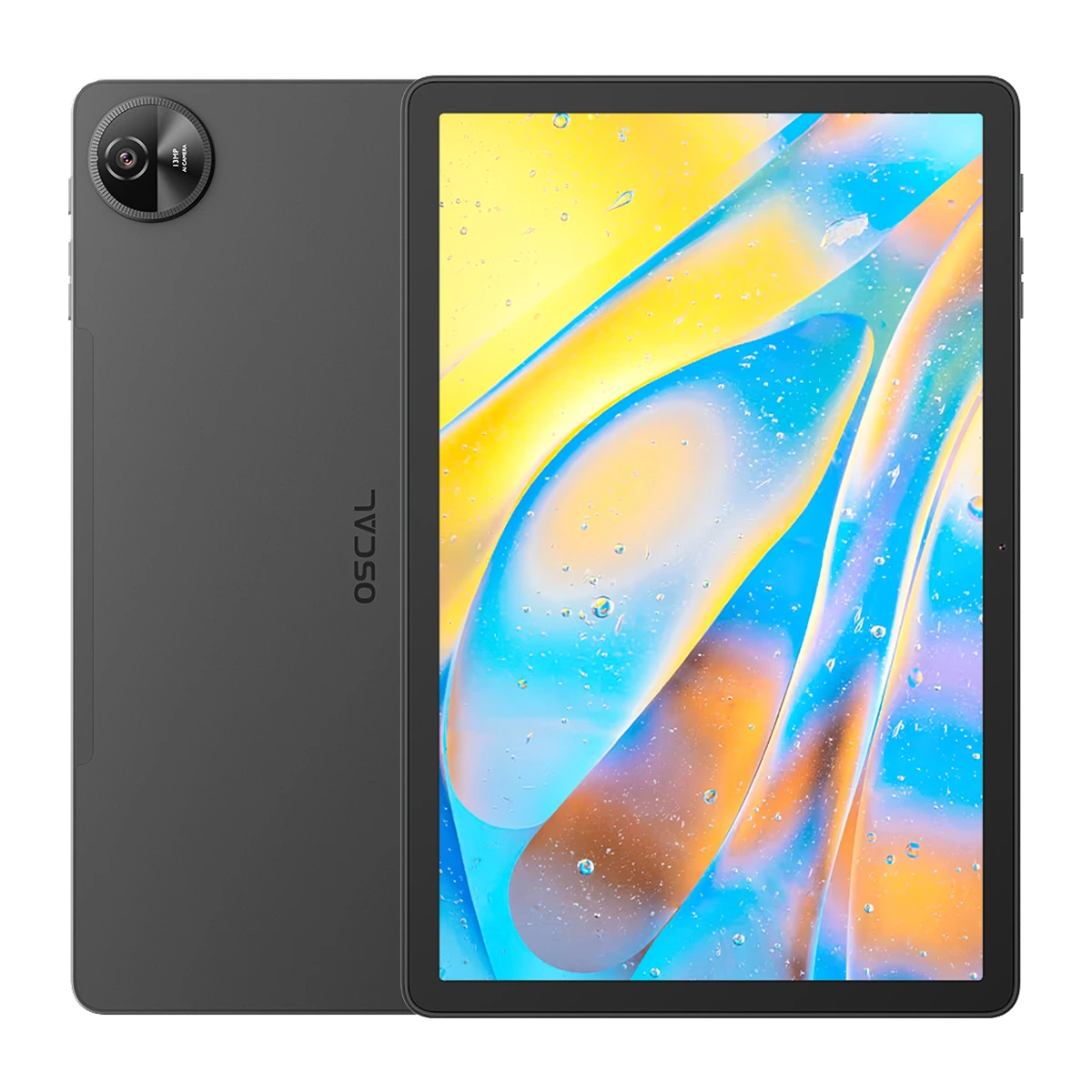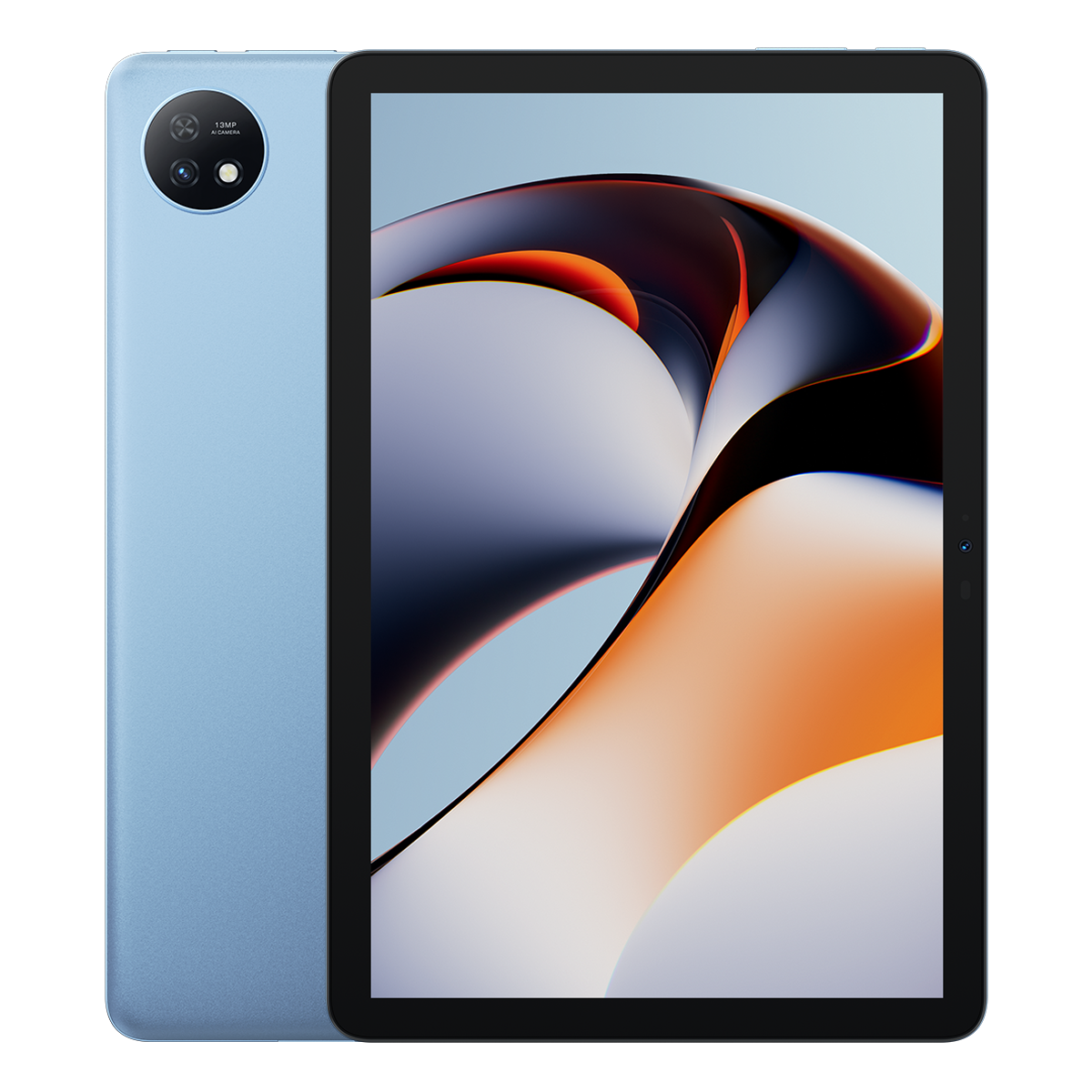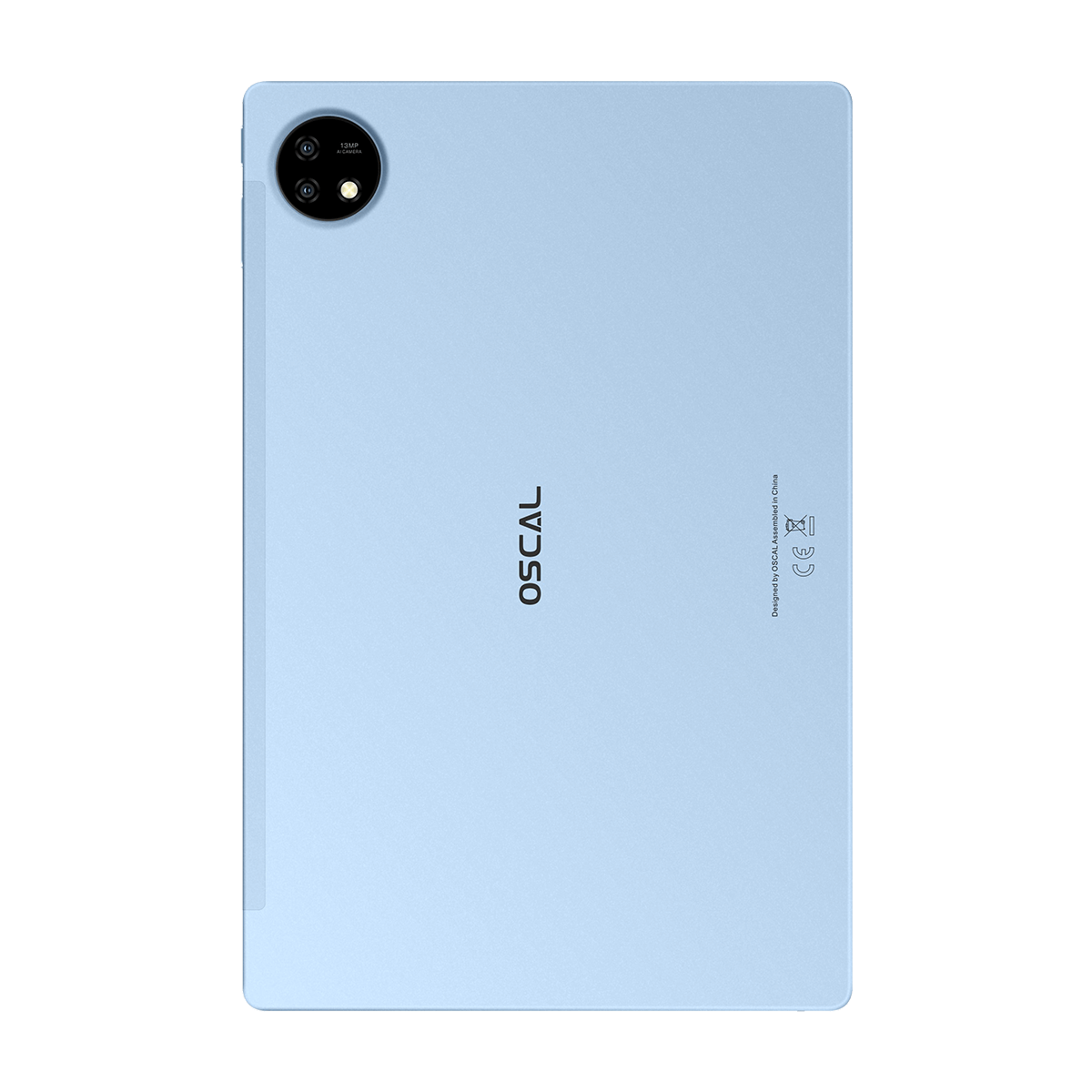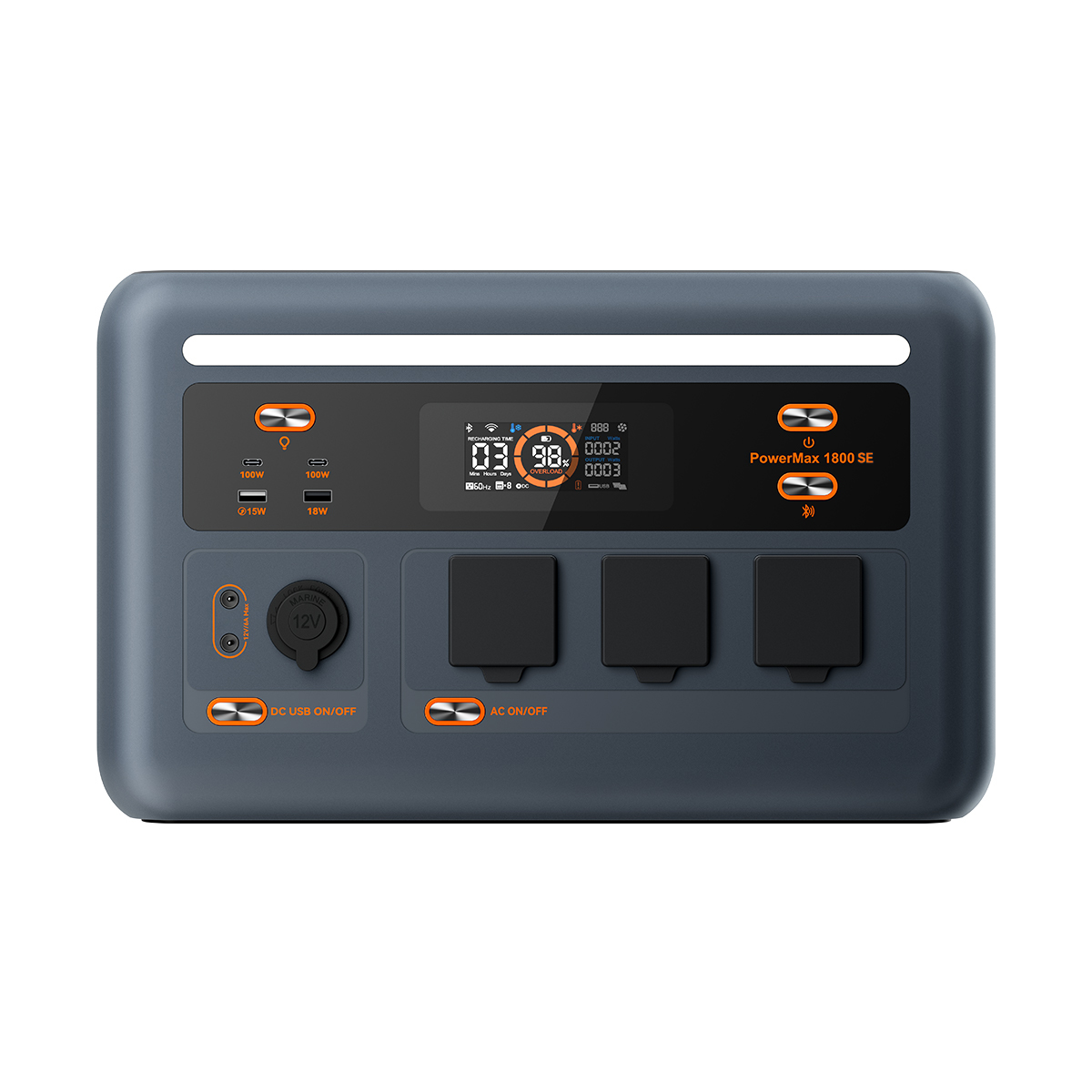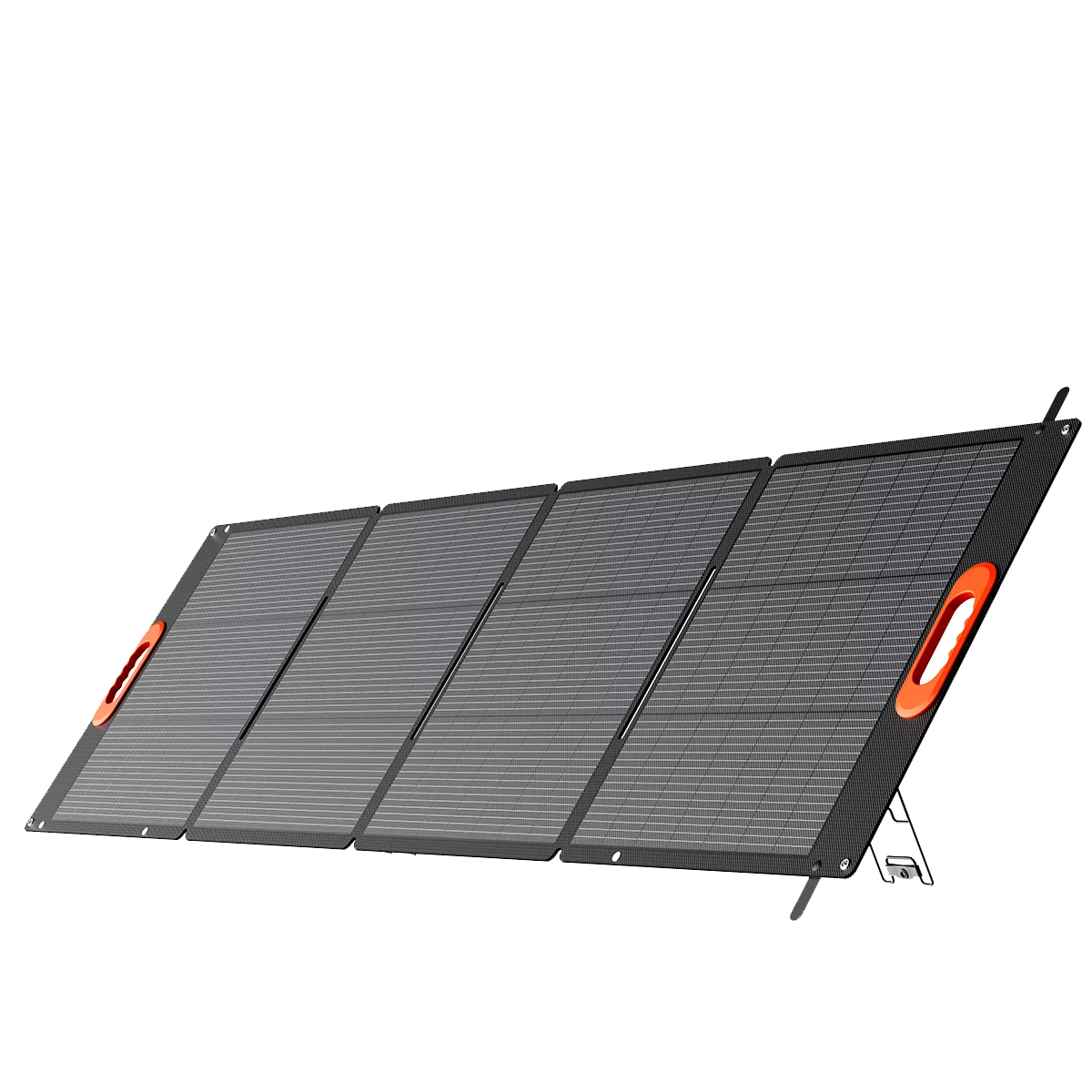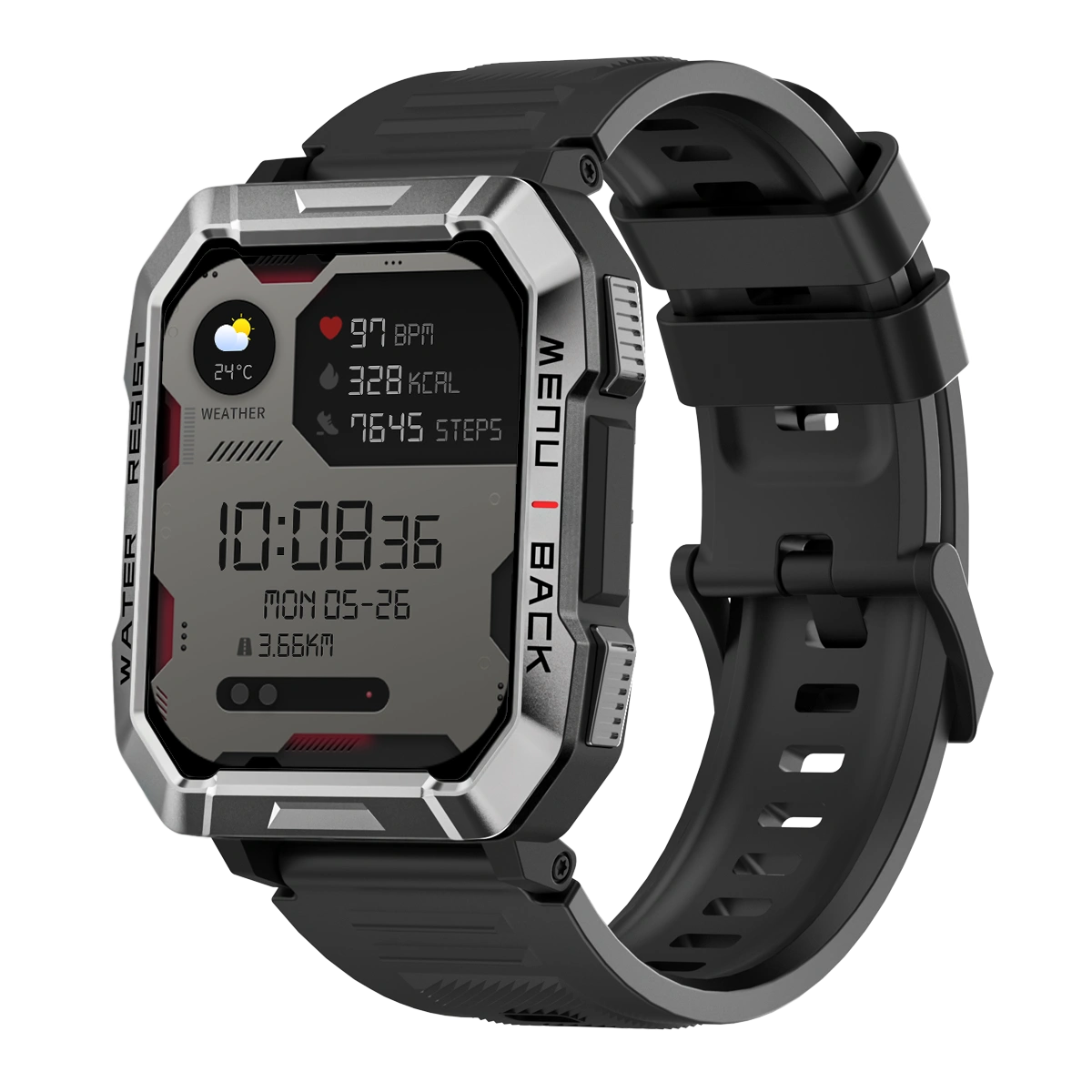Welcome to OSCAL (Well-known brand of rugged smartphones, Android tablets, and portable power stations) blog. Hope this guide has been helpful.
Portable power stations have become essential for outdoor adventures, emergency backup, and off-grid living. Unlike traditional gas generators, these devices are eco-friendly, quiet, and easy to use. However, to maximize their lifespan and efficiency, proper charging is crucial. This guide will walk you through the best practices for charging your portable power station safely and effectively.

Understanding how to charge your power station correctly ensures reliable performance when you need it most. Whether you're using solar panels, a wall outlet, or a car charger, each method has its own requirements. Let's explore the step-by-step process to keep your device powered up and ready for action.
How to Charge a Portable Power Station?
Charging a portable power station can be done in several ways, depending on the model and available power sources. Below are the most common methods:
1. Charging via Wall Outlet (AC Charging)
Most portable power stations come with an AC adapter for direct charging from a standard wall outlet. Follow these steps:
- Plug the AC adapter into the power station's charging port.
- Connect the adapter to a wall outlet.
- Turn on the power station (if required) and monitor the battery indicator.
This is the fastest and most reliable method, typically taking 4-8 hours for a full charge.
2. Solar Panel Charging
For off-grid charging, solar panels are an excellent option. Here’s how to do it:
- Use compatible solar panels with the correct voltage and connector type.
- Position the panels in direct sunlight for maximum efficiency.
- Connect the solar panel to the power station’s DC input.
Solar charging is slower than AC but ideal for sustainable energy use.
3. Car Charging (12V DC)
If you're on the road, you can charge your power station using a car’s 12V socket:
- Plug the car charger into the power station’s DC input.
- Connect the other end to your vehicle’s 12V outlet.
- Keep the engine running to avoid draining the car battery.
4. Dual or Triple Charging (Fast Charging)
Some advanced models support multi-source charging (e.g., AC + solar simultaneously). Check your manual for compatibility and follow the manufacturer’s instructions.
Important Precautions When Charging
To ensure safety and prolong battery life, follow these precautions:
- Avoid extreme temperatures – Do not charge in very hot or cold environments.
- Use manufacturer-approved chargers – Incompatible adapters can damage the battery.
- Do not overcharge – Unplug once fully charged to prevent battery stress.
- Store properly – If unused for long periods, keep the battery at 50-60% charge.
Conclusion
Properly charging your portable power station ensures it remains a dependable energy source for camping, emergencies, or daily use. Whether you rely on solar, wall outlets, or car charging, following the correct methods will maximize efficiency and lifespan.
By adhering to safety guidelines and understanding different charging options, you can make the most of your portable power station. Always refer to the manufacturer’s instructions for model-specific details, and enjoy uninterrupted power wherever you go!



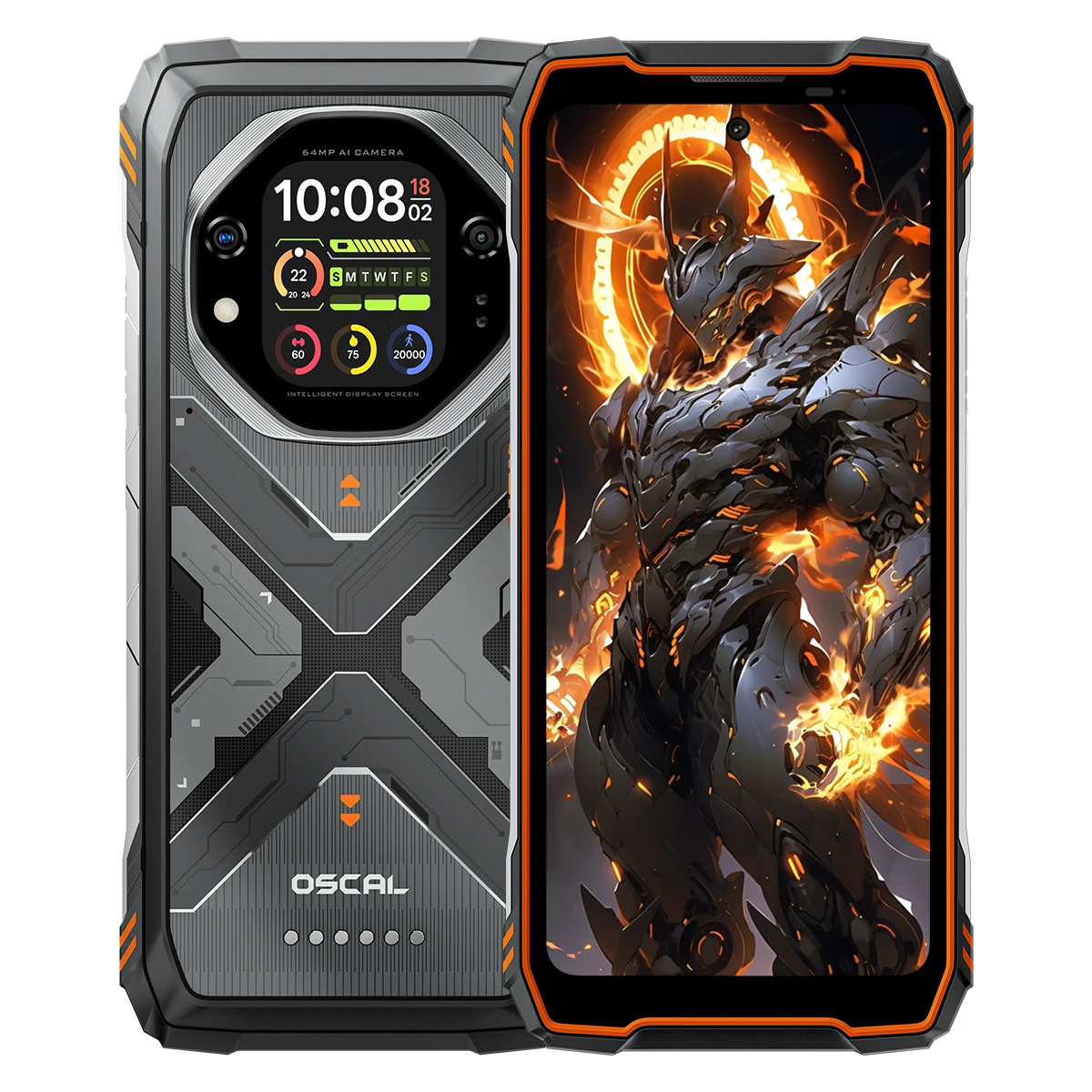
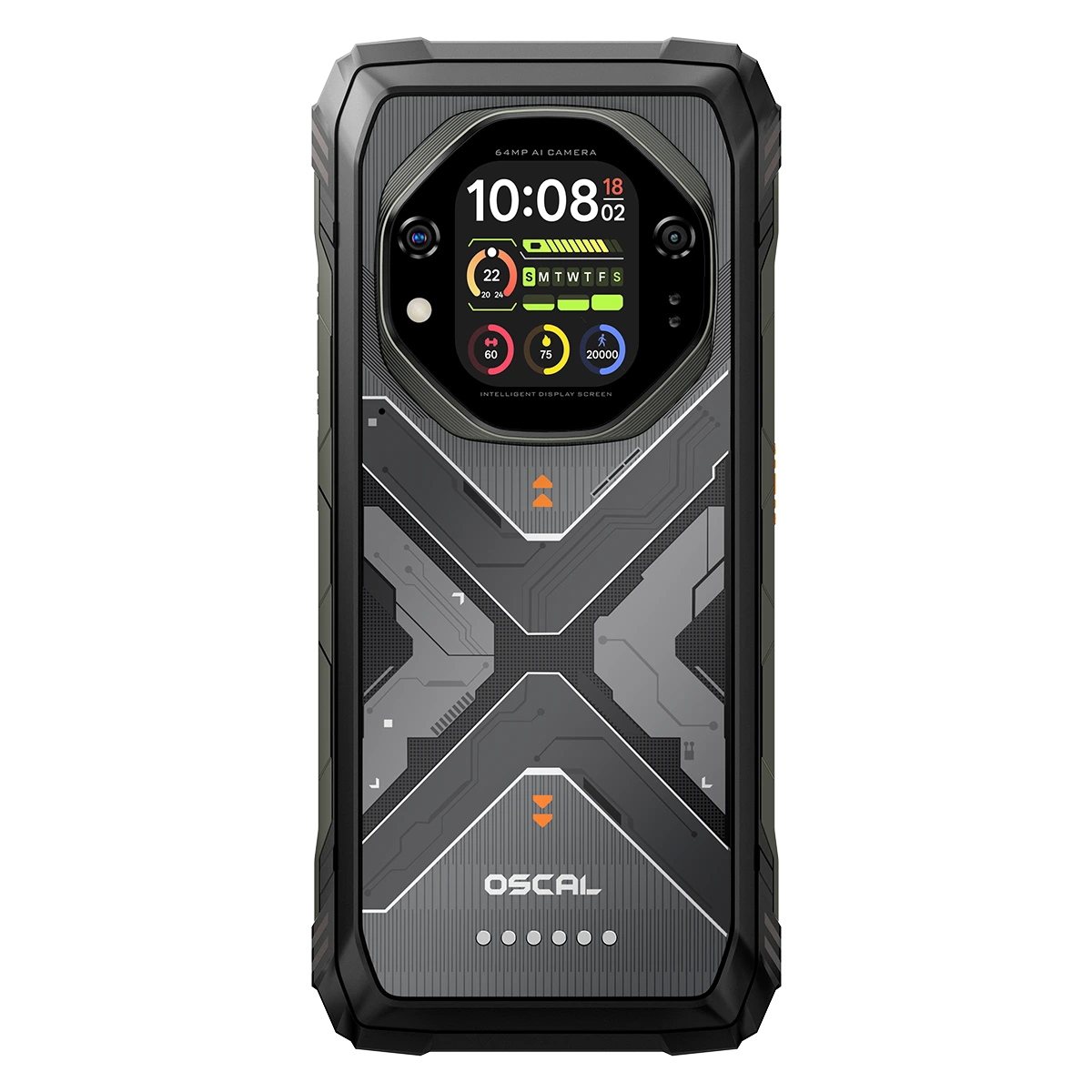











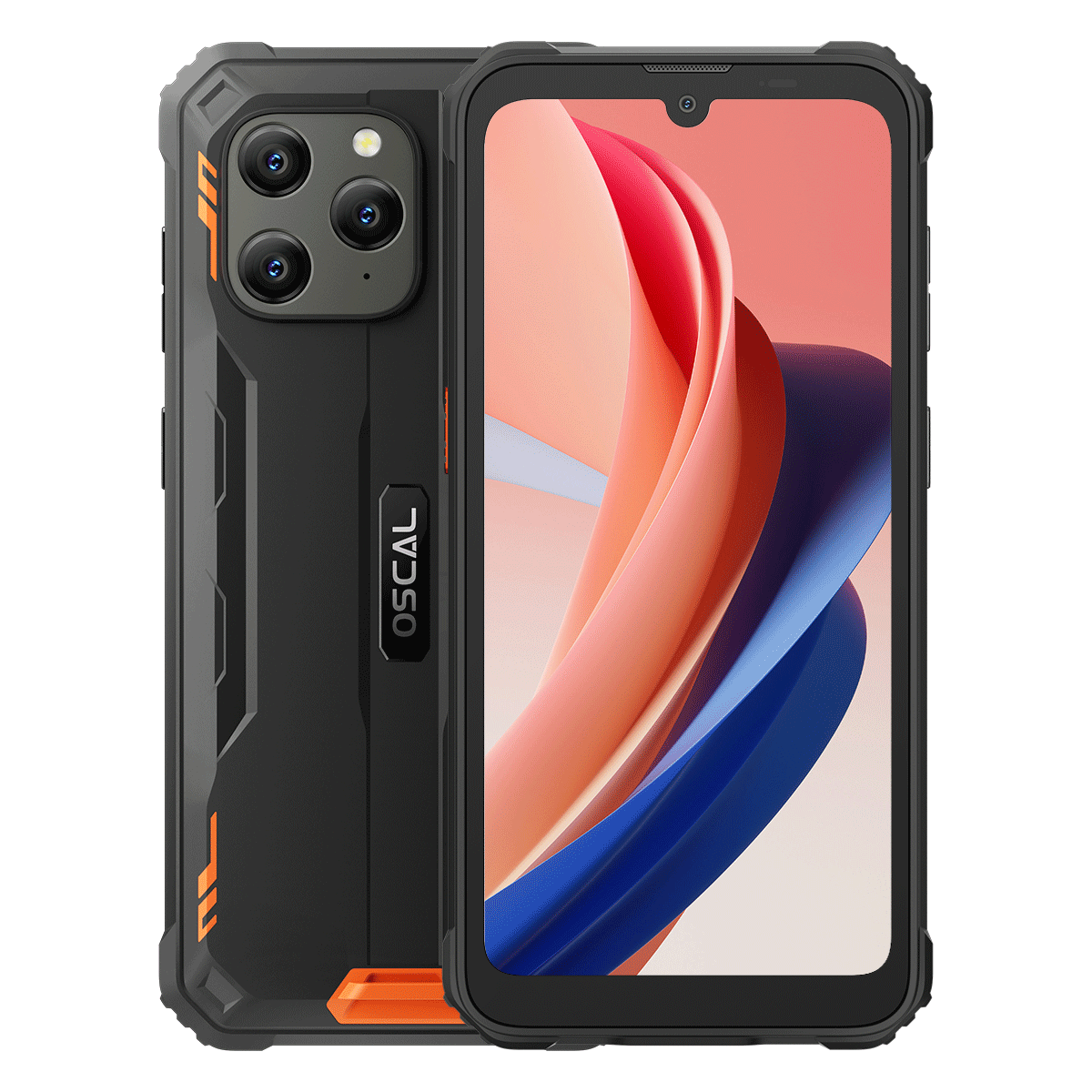

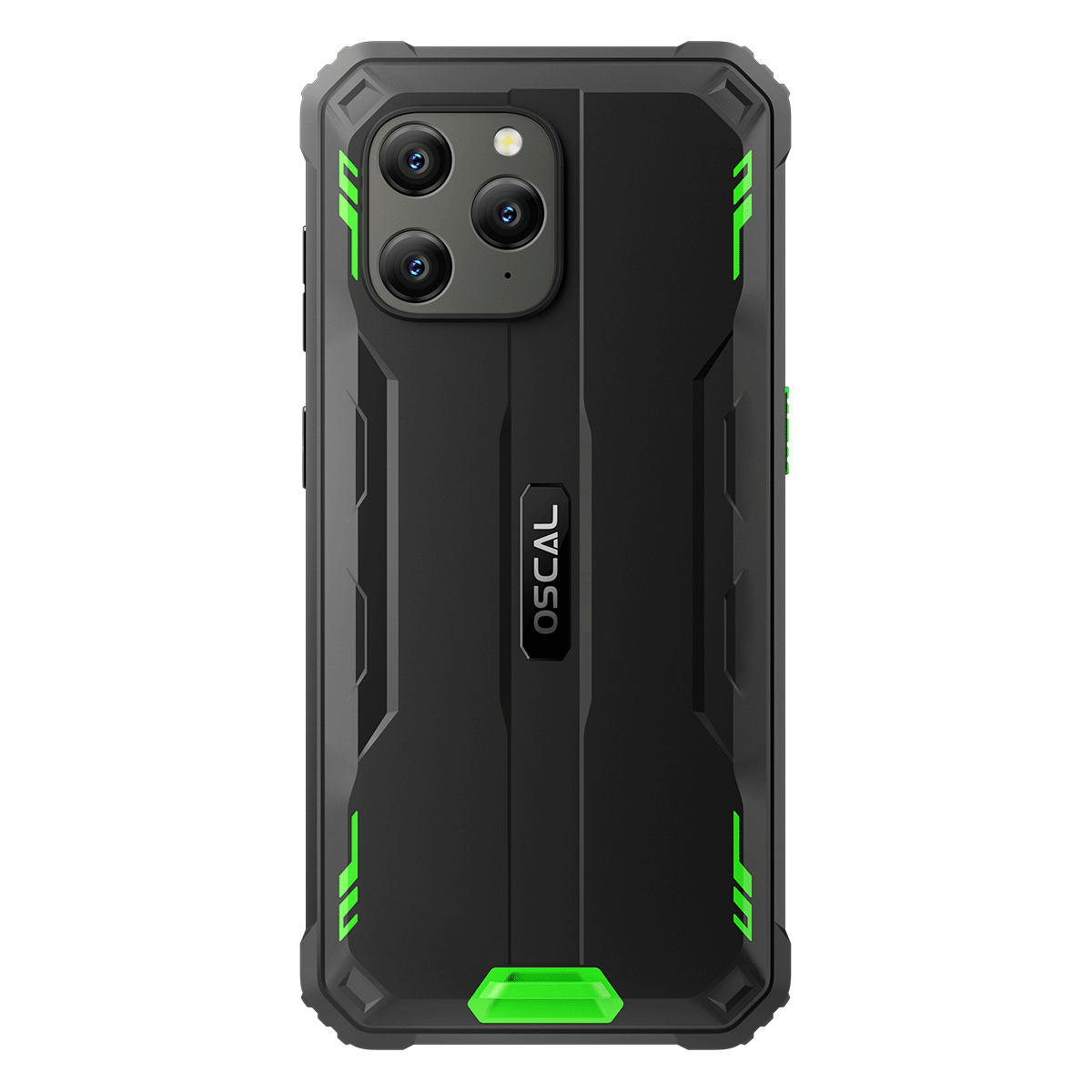












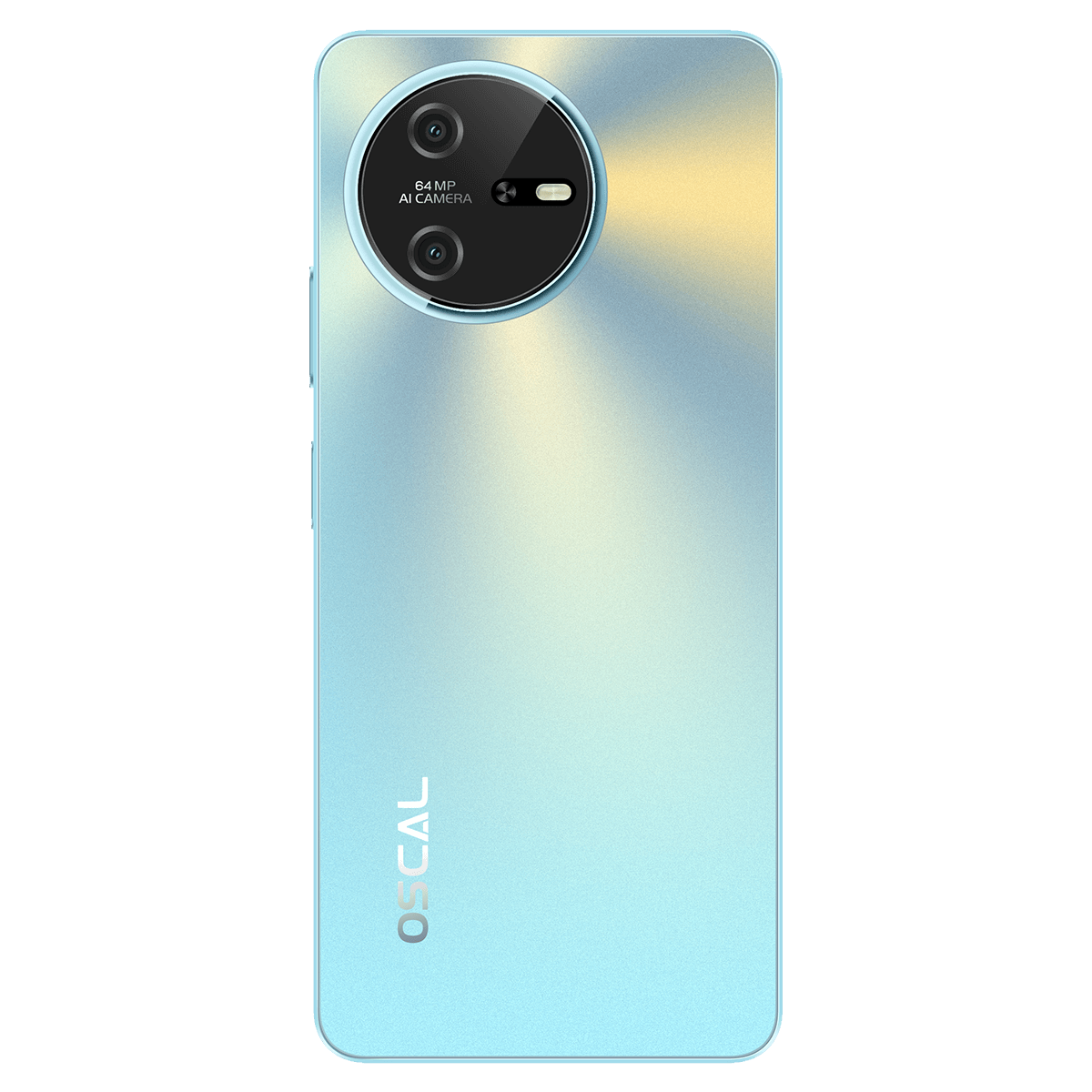
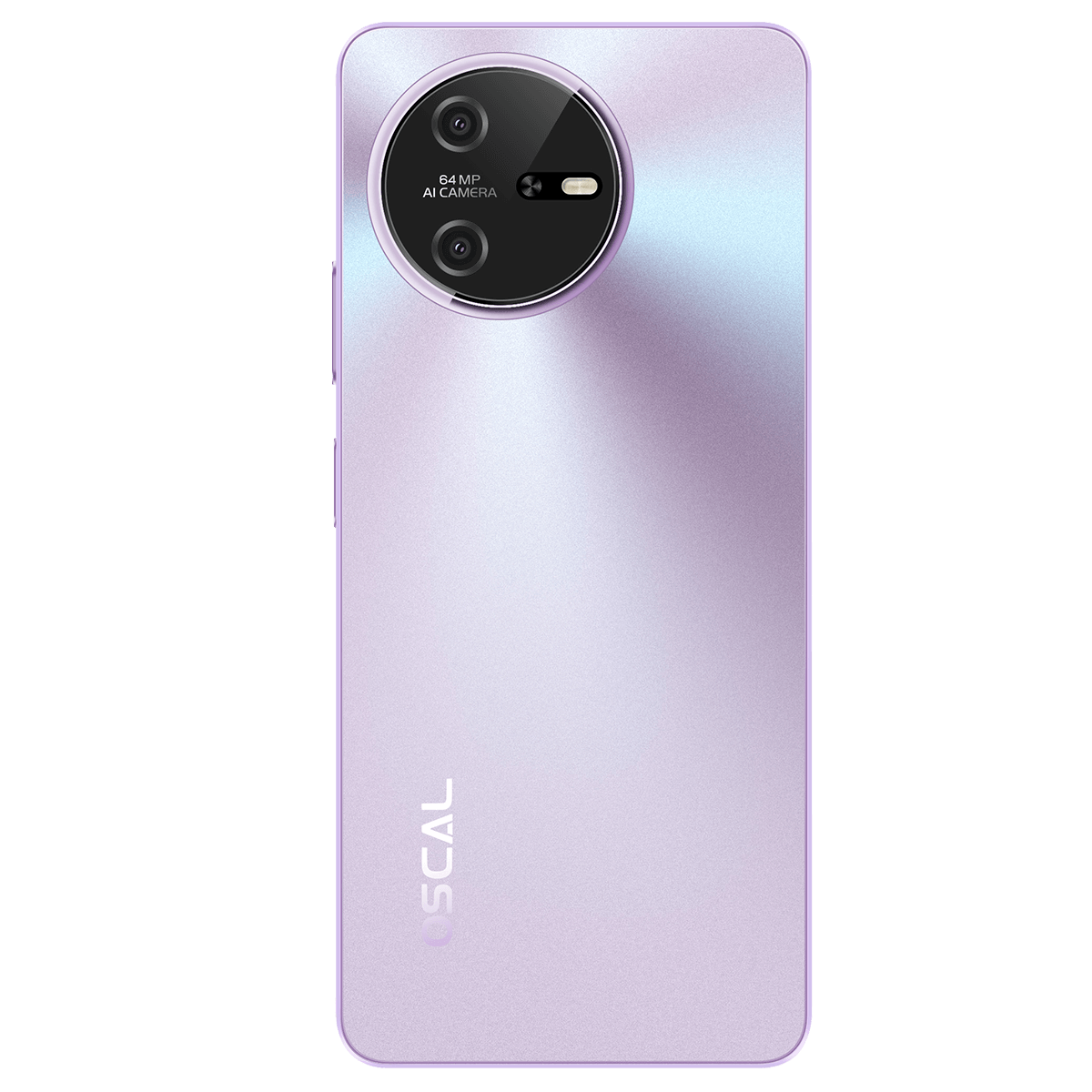































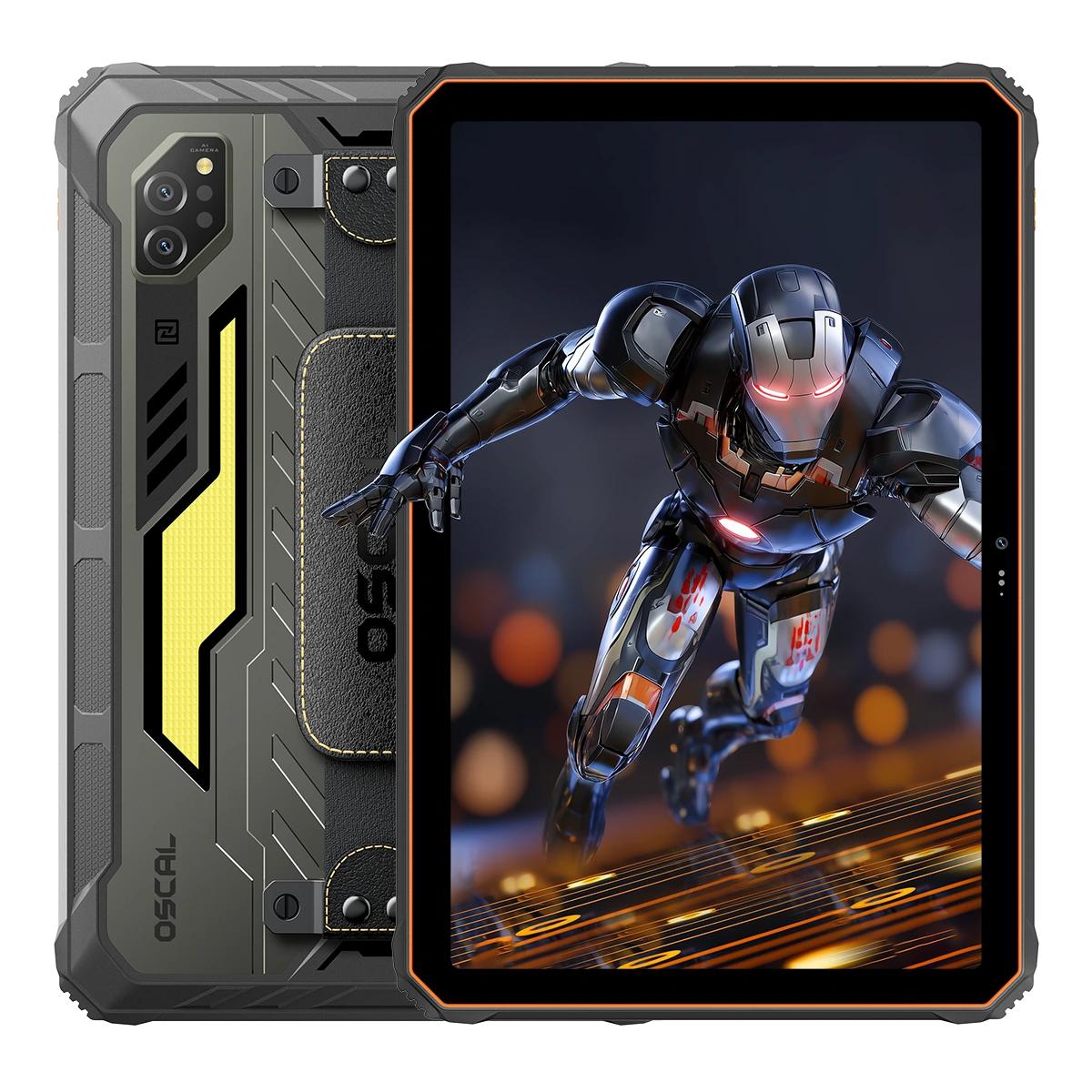


 (1)-20251204034946188.jpg)












